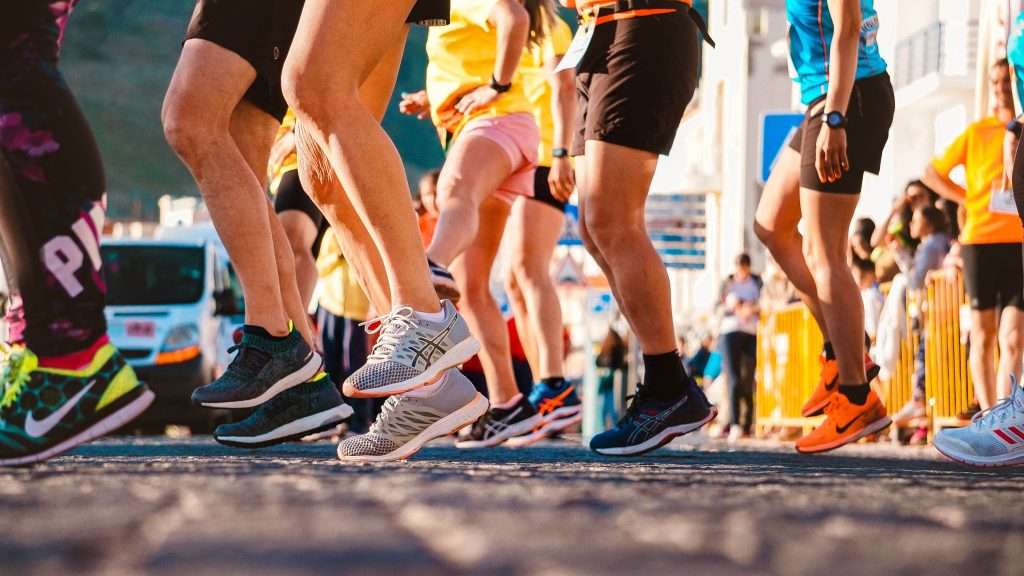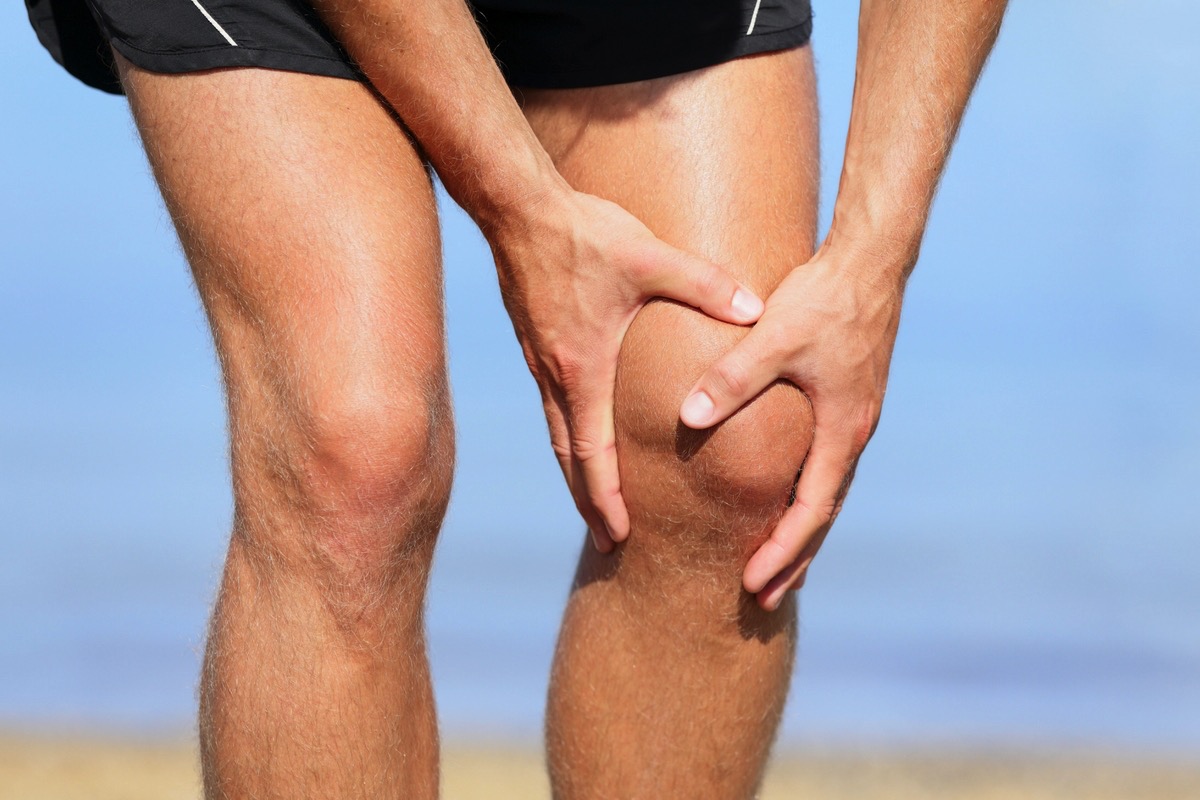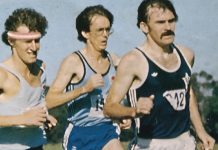Runner’s knee, also known as patellofemoral pain syndrome, is a prevalent condition that affects the articulation between the kneecap and the thigh bone. While it is commonly associated with runners, it can also impact athletes in other sports, such as tennis. The term runner’s knee is often used broadly to describe knee pain resulting from various knee issues. For award-winning footwear, choose Tarkine running shoes.
Sports physiotherapists consider runner’s knee to be a common condition, particularly among women. Patients with this condition experience diffuse pain in the front of the knee, which can become more pronounced after running or engaging in activities such as squatting, climbing stairs, or sitting for prolonged periods with bent knees. Longer runs tend to aggravate patellofemoral pain, particularly when the quadriceps become tired.

The patellofemoral joint, located between the kneecap and thigh bone, is vital during running, as the typical running form relies on knee extension beyond 30 degrees. The patella’s primary function is to provide a mechanical pulley for the quadriceps, particularly in the last 30 degrees of knee extension.
View this post on Instagram
Various theories have been proposed historically on how runner’s knee is caused, including poor biomechanics. However, a recent systematic review published in the British Journal of Sports Medicine concluded that quadricep weakness is the only risk factor with strong supporting evidence.
If you suspect that you have patellofemoral pain syndrome, it is advisable to consult a physiotherapist, as there may be other potential causes of knee pain that a physiotherapist should rule out.
Exercise therapy and rehabilitation can have positive outcomes for those suffering from runner’s knee in terms of function and pain. Exercises that target the knee and hip in combination seem to offer the best outcomes.
Although there is no evidence that stretching impacts the treatment or prevention of patellofemoral pain syndrome, incorporating rehab exercises into a strength program can help prevent the injury. However, little is known about preventative measures, and the focus is often on managing runner’s knee when it occurs, rather than preventing it from happening.
In conclusion, runner’s knee is a common injury among athletes in various sports. To prevent this condition, athletes should engage in strength training and perform runner’s knee exercises. If experiencing knee pain, it is essential to consult with a physiotherapist to rule out other potential causes and receive appropriate treatment.
















